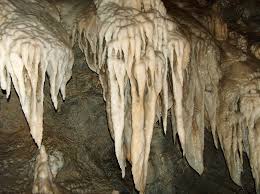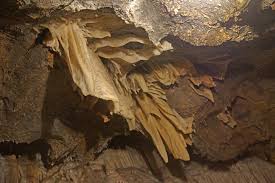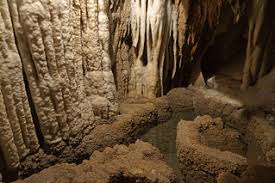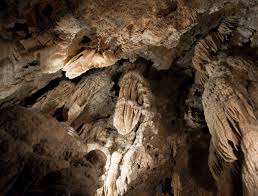Visit to the Cave of the Wind - Lucca
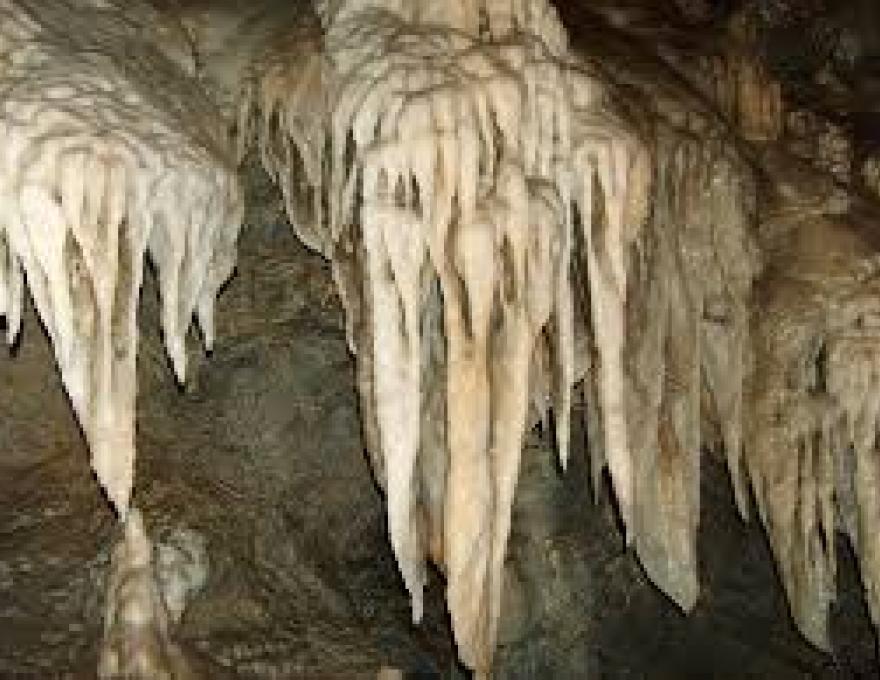
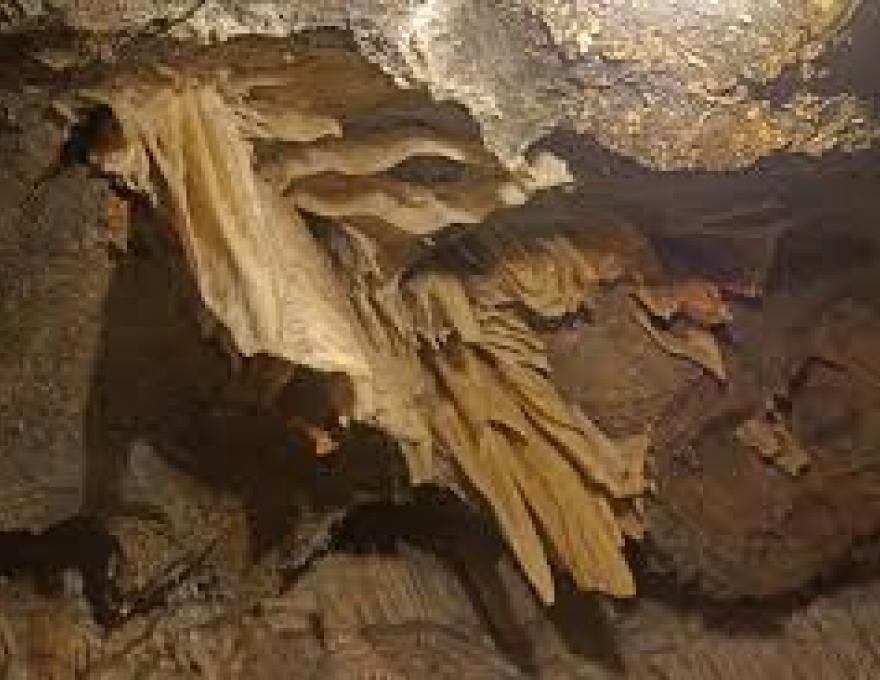
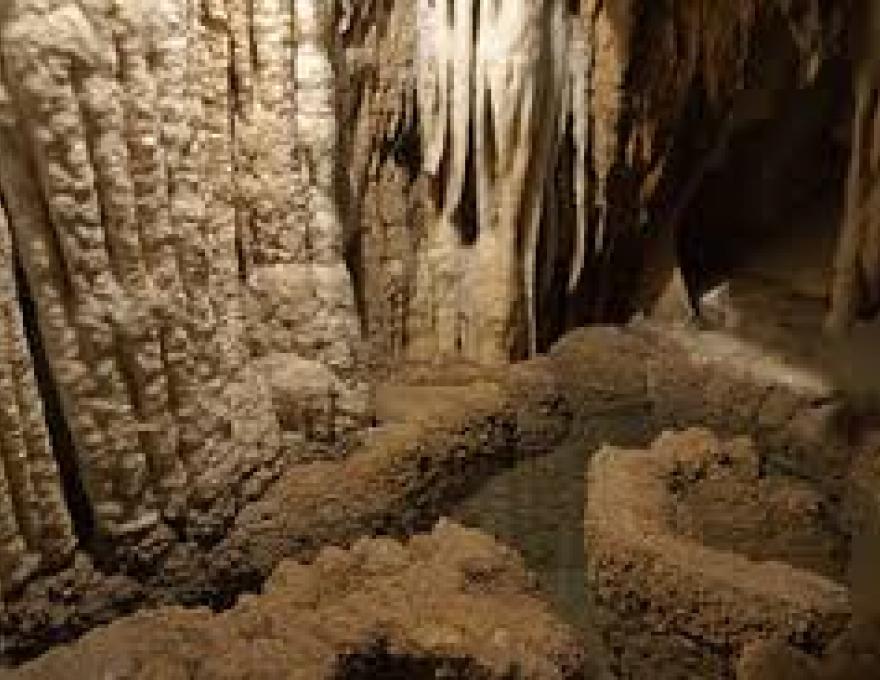
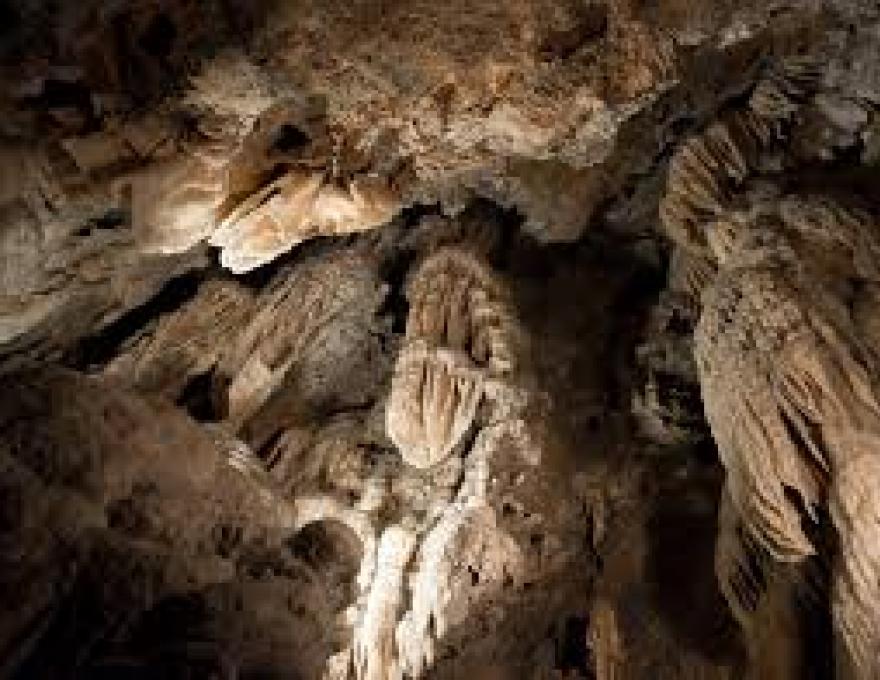
Guided group tour conducted by licensed Guide.
The cave is divided into two parts.
In the first part, the flatter part, you can see an abundance of limestone concretions, such as stalactites and stalagmites, almost all of which are alive, that is, in the process of growth.
In the second part, one descends into an area of the cave that is still in the process of expansion, with no limestone concretions, but with forms of erosion on the walls, a small stream at the bottom, and curious mud formations in the return gallery.
The routes all have a concrete bottom, metal railings and artificial lighting and are therefore easily accessible for most visitors.
When choosing a route, however, we encourage you to consider whether the duration, number of steps and total elevation gain are compatible with your physical condition.
REGULATIONS FOR CAVE VISITS:
Animals, sticks, umbrellas, tripods, hard camera bags, backpacks, baby carriers, strollers and bulky objects are not allowed.
It is absolutely forbidden to touch or damage the concretions, smoke, eat, throw garbage or anything else, and disturb the conduct of visits in any way.
It is within the guide's authority to authorize the use of cameras, video cameras, flashes or light illuminators.
Lat. 44°02'03" N (Decimal: 44.0341° N)
Lon. 10°21'27" E (Decimal: 10.3575° E)
Grotta del Vento is located in northern Tuscany, in Garfagnana, in the center of the Apuan Alps Park, in an area rich in spectacular as well as interesting karst phenomena. Here the weathering incessantly excavates, sculpts and shapes the limestone rocks, giving rise to majestic natural sculptures, such as the Panie massif, the enormous natural arch of Mount Forato or the stone waterfalls and crevasses of the Vetricia Plateau.
Immersed in this evocative setting, Wind Cave presents an exceptional variety of aspects of subterranean karst ranging from living and shining stalactites and stalagmites, to ponds, streams, erosion forms, mud formations and even perfectly vertical shafts that can be visited by convenient trails.

